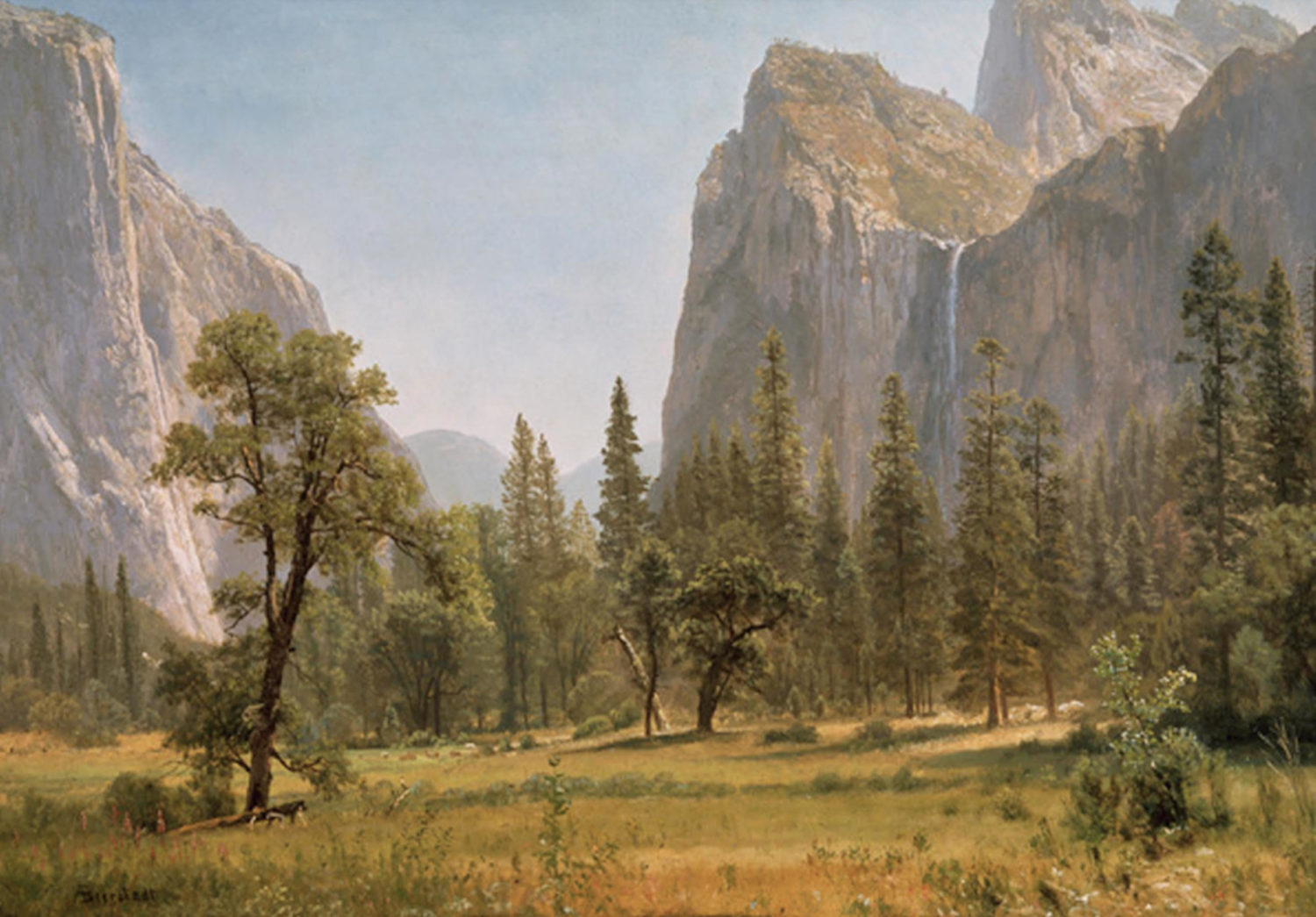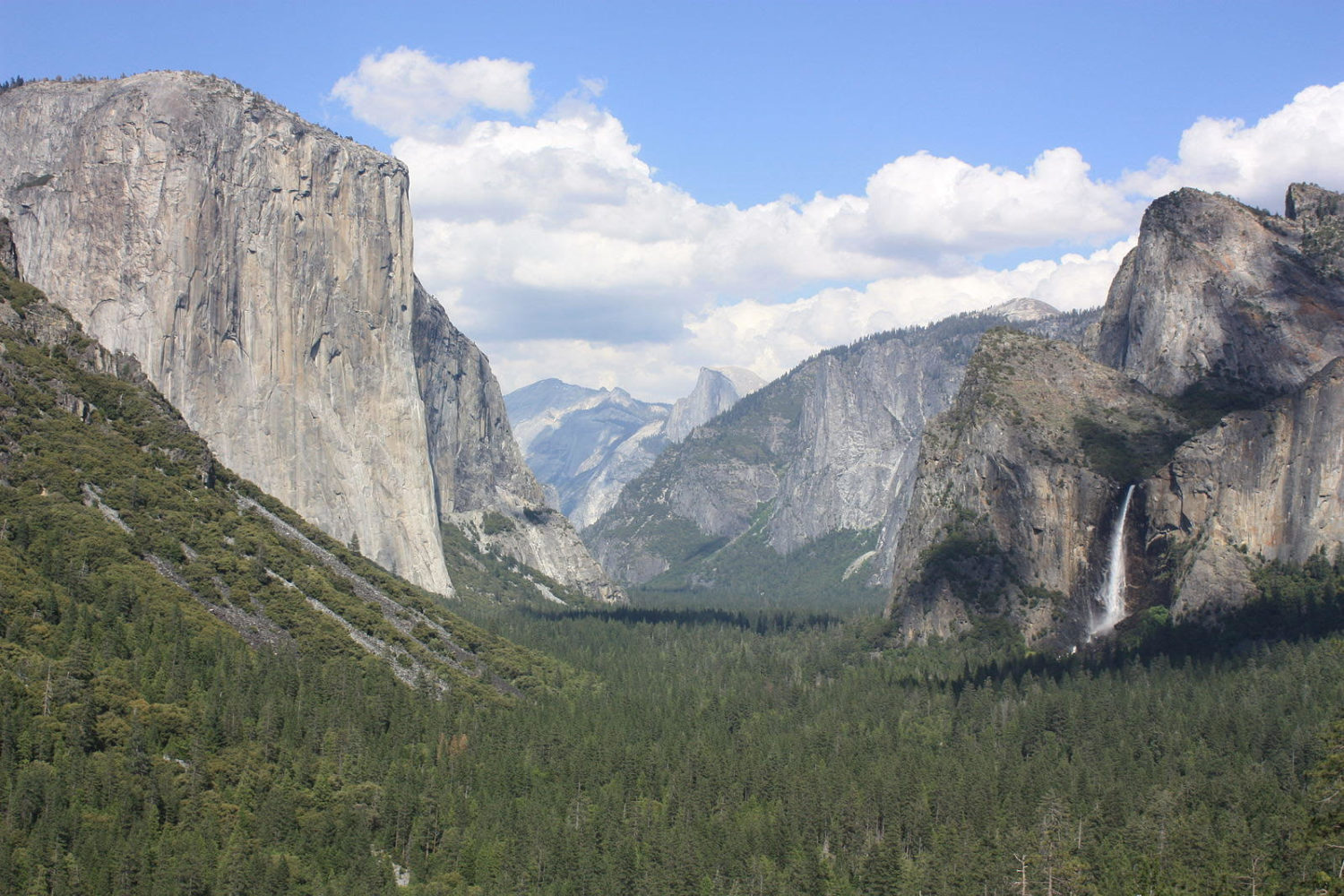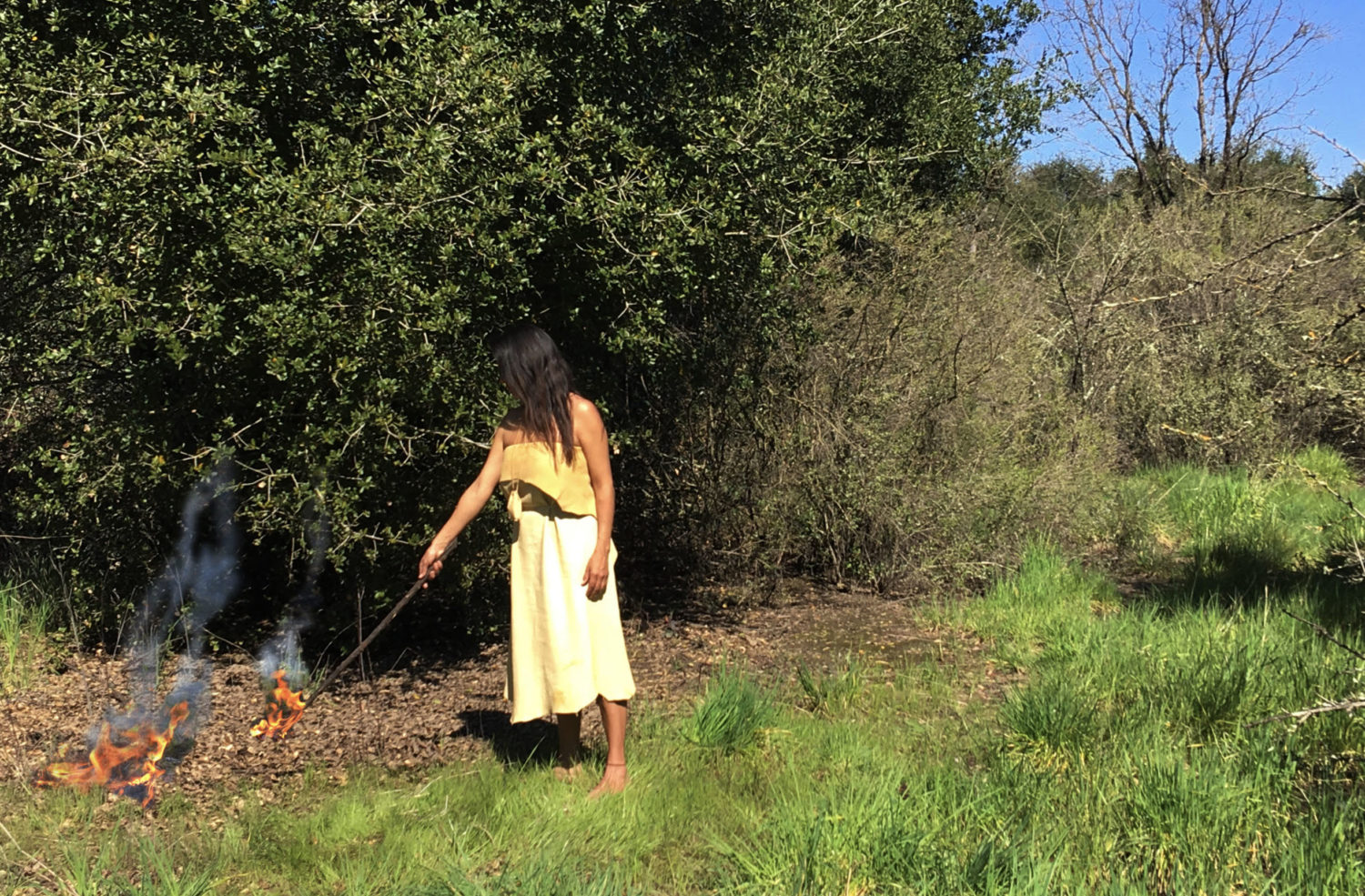
FIRE AND WATER
This article was written by Redbird Willie, a member of the WE Immersion Teaching Team.
First and foremost, in these times of catastrophic fire, we grieve the losses that come as a result of our action/inaction in our continuing long time relationships with fire and water in California.
Our California ecosystem is heavily influenced by the actions of fire and water. We basically have 2 seasons: first, the heavy rains in late fall/early winter bring water to thirsty lands, spurring immense plant growth — even more biomass grows in the heavier rain seasons. Our second California season is the long hot summer that dries up all this biomass, creating a dangerous fuel load. The dry season culminates in the late fall when dry east to west winds pour down the parched canyons along the inland and coastal ranges, funneling hot wind and creating ideal conditions for intense fire corridors. Climate change is exacerbating this cycle, with the wet season getting drier, the dry season becoming more dangerous, and unprecedented storm events — like the lightning which sparked the fires all over CA last month — becoming more common.
What does it mean to be in right relationship with fire? For many hundreds and even thousands of years, Cali natives have had an intimate relationship with The Land, a relationship deeply imbued in fire and water. Native people, plants, and animals have co-evolved in this environment, finding sustenance, nourishment, and even abundance in this sacred fire ecology.
During this long period of co-evolution, the actions of fire and water were balanced anthropomorphically — Cali natives manipulated the land using the traditional ecological knowledge (TEK) for the maximum benefit of all beings (plants, animals, water, air, soil) using processes that are categorized as “moderate disturbance.” Natives should be considered “ecological engineers” in that their manipulation of the environment benefits not just themselves, but rather through these acts create a trophic cascade of benefits throughout the ecosystem.
How is this done? There are many tools and many practices, and one of the primary tools historically used was fire. Through prescribed burn regimens (good fire), the ecosystems were greatly enhanced, producing healthy plants and germination. It improved the water cycle, recycled nutrients, promoted biodiversity and biological complexity, and controlled pests and pathogens. A “dynamic disequilibrium” was maintained by keeping the ecosystem paused in states of succession most beneficial to the maximum number of ecosystem members.


Another aspect of this work of the ancestors is that it was done statewide by all the various and varying tribal groups in Cali. We had an unbelievable collection of diverse people, all participating in their own way, with their own customs, and to their own ends. Each tribe, each group, each family carries their own little piece of the puzzle. Herein lies the key: All participated. California is a big place, and the maintenance of such a place is a big undertaking. It took all of these people working together working toward a common goal: an ecosystem that is healthy, thriving, abundant, and supportive to all life.
This intricate network was brutally interrupted by historical and present day practices of colonization and genocide. This interruption is a direct and primary cause of the climate chaos and catastrophic fires we see today.
How do we reckon with and recover from this inheritance? In a way, perhaps the simpleton view is on to something — we all need to get out our “rakes” and take care of Cali. The deeper answer however, is much more complicated and multifaceted. Work needs to be done on many fronts: decolonization and social changes in perception, changes in how we relate to nature/fire/water, changes in responsibility and access, changes in relationship to the concept of “home,” learning the story of place, mechanical thinning, prescribed burns, community engagement …these are all lessons we need to relearn.

Finally in a nutshell, here is what we want with respect to resuscitating our relationship to fire, our vision statement for the “California Operator’s Manual”:
We, the locally-focused stewardship community, want to be able to initiate surgically applied prescribed burn regimens aimed toward arresting succession to create fine-grained states of succession, in mosaic patterns of resilient ecosystems with honor and respect for the fuel, fire and water, guided by the knowledge and leadership of California Natives, with strong support from local and State governments.
-Redbird Willie

